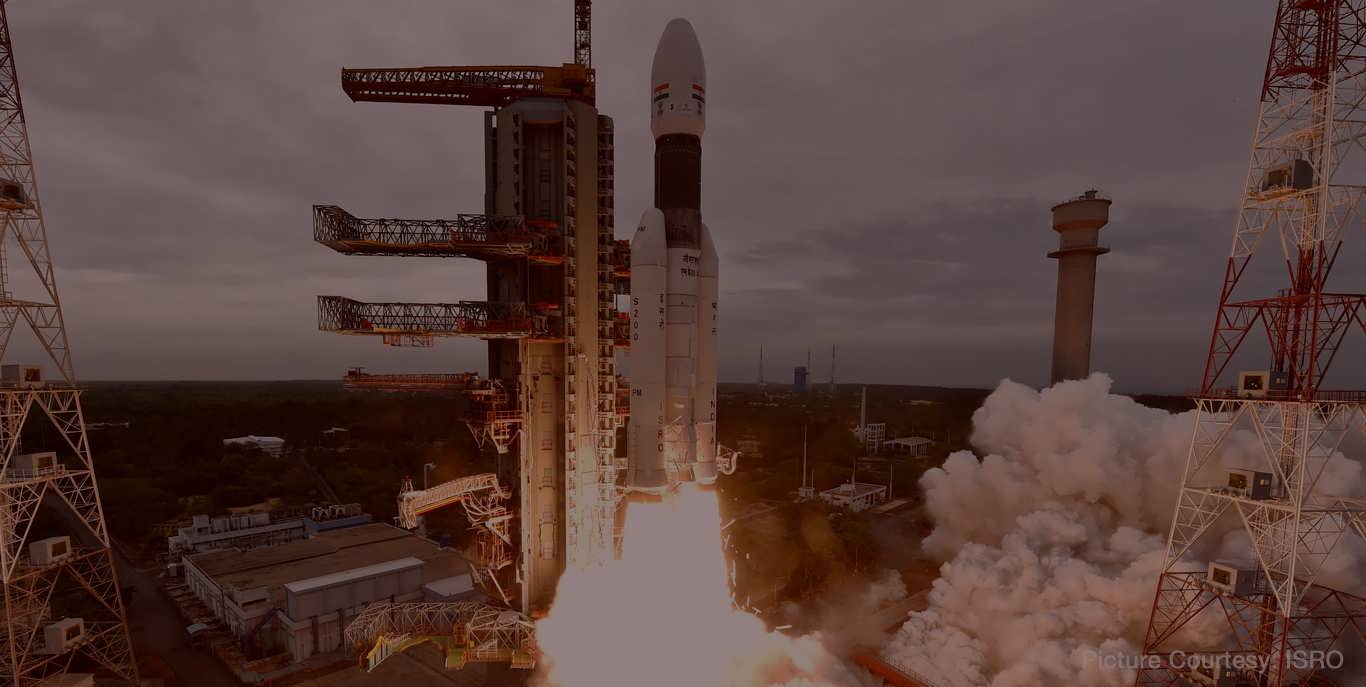ABOUT US


A large number of mechanisms are involved in launch vehicles, missiles and satellite systems, which are crucial for any mission success. Evidently, mechanisms play a vital role in aerospace technology and the scientific community indulgences more on design and analysis of these systems for better prediction of its intended use, before it is put to actual operation. Innovative solutions for the problems in the areas of design, fabrication and testing with the state of the art technology, taking cost-effective, autonomous and reliability aspects into account, were the need of the hour and this is precisely what INSARM is aimed at in propagating the goal set-forth.
Further advances in this field are evident in future missions like human spaceflight programme and other inter-planetary missions that are in pipeline. A wide variety of systems are demanded in the areas of robotic lunar missions and other destinations, human in space exploration and microgravity experiments. By far, the efforts are complex and challenging envisaged with capabilities to support research and development on a broader spectrum. More orderly and effective transitions are mandated in ensuing technical challenges and implementation approaches for a sustainable development of these systems. A strategic assessment, co-ordination and integration is imperative as a part of execution plan, and hence, INSARM carries this fortress by conducting program-based interactions for enlargement and cohesion of potential new developments with participation of technical fraternity, so as to leverage and align the future challenges and opportunities in aerospace mechanisms, with a single focus.
The first national level seminar on Aerospace and Related Mechanisms Symposium (ARMS) was conducted in 1985 at Vikram Sarabhai Space Centre (VSSC), Thiruvananthapuram. With the participation of 38 organizations and publication of numerous technical papers, the need to have inter-link and close ties among the scientific community was articulated, with a vision for venturing into a resolute platform. This commitment to meet the national obligations was followed by the formation of National Advisory Council under the chairmanship of Dr. APJ. Abdul Kalam with Shri. MK. Abdul Majeed as the General Secretary. A key feature of the council was to prepare an expert panel in the field of mechanisms.
However, it was in November 1996, during the second seminar of ARMS at VSSC, Thiruvananthapuram, the justifications were touted to pursue and maneuver the idea of establishing a national society of aerospace and related mechanisms as a common framework among scientific organizations, industrial enterprises and educational institutions. The third seminar held in June, 1999 at DRDL, Hyderabad paved the way for the official inauguration of the INSARM. A national executive committee under INSARM was constituted to skillfully boost and support the emerging areas of aerospace mechanisms with a highly capable array of scientific applications.
INSARM, over the years, manifested as a pioneering professional body by raising the scientific awareness and by lobbying efforts in research and development of mechanisms in order to ascertain that a large gamut of industrial and academia participation is encouraged for accruing the benefits of the overall space programme.
To promote R&D activity on aerospace and related mechanisms and to foster a feeling of fellowship among the members of the society.
To encourage widespread dissemination of knowledge and skills gained through research and experience in R&D institutions on aerospace and related mechanisms among its members and other professionals, through collaborative research, seminars, conferences, workshops, journals and other aids which the society may organize and develop progressively.
To encourage close interaction with industry, academic institutions, commercial organizations and individual specialists for participation in R&D of mechanisms.
To identify thrust areas for new research on mechanisms, like electrohydraulic actuators, mechanisms for robotics, smart mechanisms & micro-mechanisms, mechanisms for bio-engineering & medical applications, mechanisms for oceanography, and rendezvous & docking mechanisms.
To co-operate with international associations and institutions promoting similar activity, and to represent, before appropriate international forums, important aspects of activities being carried out by various organizations and institutions in India, in the field of mechanisms.
To establish and administer centres of the society in VSSC at Thiruvananthapuram, and also in other cities and institutions in India, like Hyderabad, Bangalore, Pune, Agra and similar other locations, to further the objectives of the society.
To secure funds and grants for promoting R&D of mechanisms and to institute awards and research grants to individuals and organizations for furtherance of the objectives of the society.